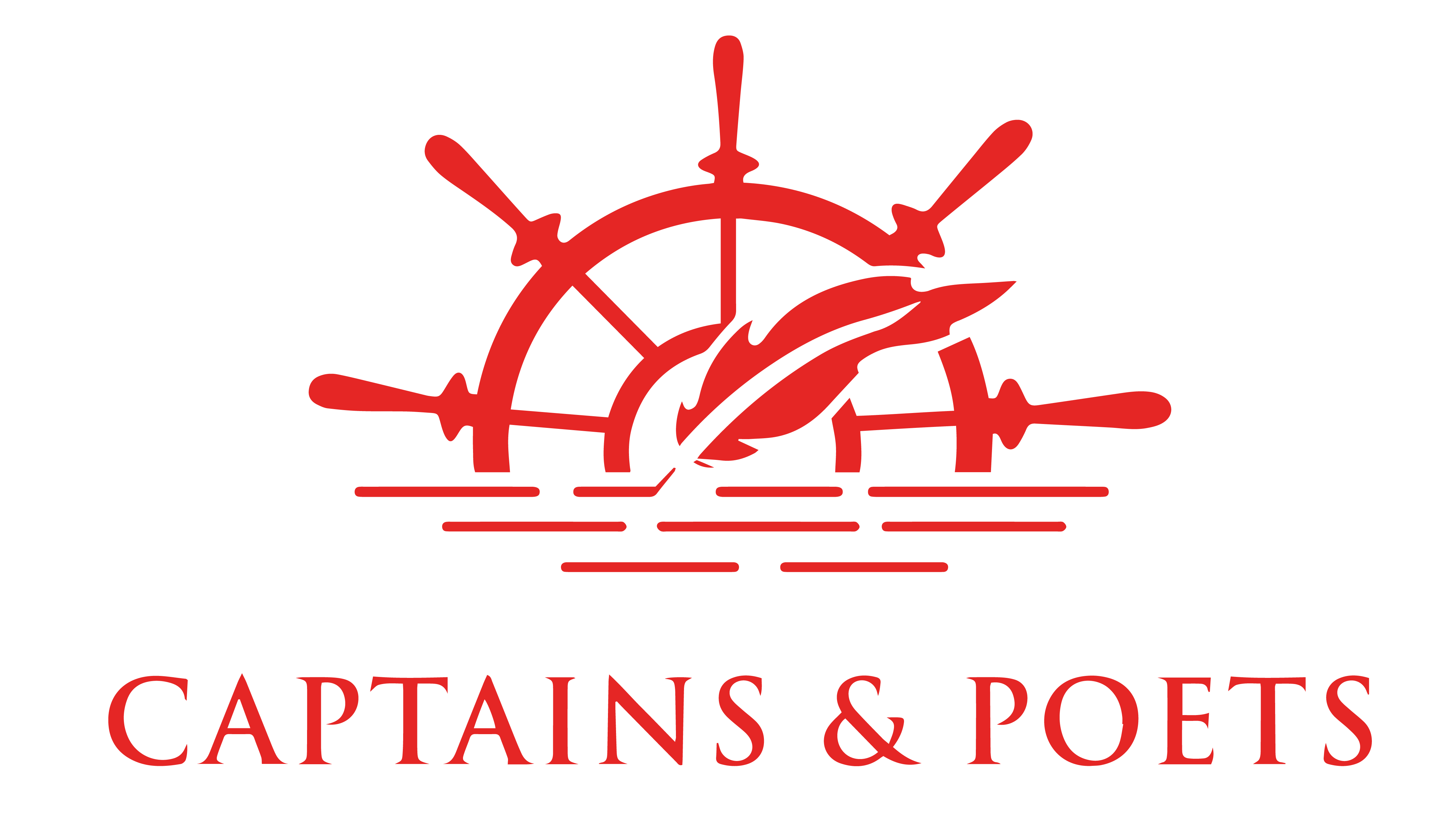by Jennifer Johnson B.A., B.Ed., M.A
There have long been whispers in the halls that the education system needs to change and the multi-faceted set of well-being, social, and academic challenges that have resulted from the conditions surrounding a global pandemic have turned those whispers into an undeniable call for change. As one educator who has spent the lion share of her career running programs for students at-risk said to me recently, “Today, almost everyone is in need of alternative education. We just take those in most dire need.”
Leadership through change is never easy and transforming our current education system feels like an insurmountable task. Not necessarily because of a lack of qualified educators or passionate advocates for change – but perhaps because of our orientation to change itself.
A recent article in Harvard Business Review entitled “10 Beliefs That Get in the Way of Organizational Change” by Frances X. Frei and Anne Morriss addresses some of the myths around expedited change and the beliefs that hold us back. Corporations are accustomed to rallying around change for the sake of their survival but the case studies in education are harder to find. I’ve cited a few of the beliefs that may be particularly inspiring for educational leaders today below.
Meaningful change happens slowly.
The last few years of global turbulence have reminded us that, in fact, significant change often happens quickly. As the article highlights: “history lurches forward when changemakers decide that the moment that matters most is now” and get out of wait-and-see mode.
Leaders often underestimate their ability to rally stakeholders to create meaningful change until a “big event” compels them to do so. The required shift to online learning during lockdowns is a demonstrated example of the ability of the education system to pivot out of necessity.
We can do it later.
The authors point out the high price a system can pay when it’s static and the belief that comfortable inaction is riskier than uncomfortable action prevails. Add to that our collective attachment to what once was and we are at risk of procrastinating on change. It is human nature to resist accepting the reality in front of us. No doubt, we all have a push-pull relationship with change in the public system but a U-Turn back to “the way things were” may prove to be more difficult than setting a new course. It also offers the opportunity to dismantle some of the structures that have been harmful to so many.
We need more information.
Analysis paralysis is a common inhibitor of decision-making but the reality is that we will never be able to fully assess the issues at hand or predict the outcomes of our plans in a complex world until we put them into play. The article cites a letter to Amazon shareholders in which Jeff Bezos argued that most decisions should be made with about 70% of the information you actually want. “Crystal ball confidence in the endings of stories not yet written” does not tend to avert risk. The authors reinforce that when change is imminent, having more meetings and running more scenarios can only provide the illusion of safety. “All that waiting [makes] the organization more vulnerable, not less.”
Setting a course and then improvising are often the only way to provide the insight and feedback needed in a dynamic world. And the reality is that our educators will never be fully equipped to solve every problem. But following the 80/20 rule is sometimes a permission you need to give yourself as a leader. That is, solving one (significant) problem often alleviates the others. For example: address the well-being of teachers and fewer kids will need “alternative” education in their caring hands; expand the focus on nurturing a feeling of connection and belonging in classrooms and students will be more engaged and perform better academically. It is up to school leaders to decide on the most viable entry point for change and continue gathering information from there.
Going fast is reckless.
The article also highlights the wisdom of Ralph Waldo Emerson (part Poet no doubt) in his essay on the topic of prudence, observed that “in skating over thin ice, our safety is our speed” – a counterintuitive truth that keeps our Captains sitting on the shore of change.
Many accomplished leaders will acknowledge that empowering people to take action and operate with agility is one of the best ways to revitalize an organization. When an organization or system is “stuck” in its problems, momentum is sometimes the only antidote.
It is also worth considering that the very methodical mindset that educators leverage to promote quality and consistency in education may, in some ways, be impeding change.
We need more time to prepare.
The authors highlight that “Anticipation of change introduces anxiety into an ecosystem, and the antidote is to replace it with actual change.” That is, the longer leaders wait to initiate change the more stakeholders imagine the worst; and, the more uncertain the future is the more anxiety there is. There may be something to be said for the “rip-off-the-Band-Aid value to getting on with things” that allows you to let go of what isn’t working and create momentum .
In the absence of change, educators are taking matters into their own hands by quietly quitting and taking early exit from a profession that may once have been their calling. They feel they cannot thrive long-term in the current conditions; and, in the absence of action in their work environment, are making changes for themselves.
Our people are stretched too thin.
One of the more sobering insights in the article is that when feelings of anxiety, burnout, or distraction are showing up at scale in an organization, then downshifting is unlikely to help. If we accept that teacher well-being is a universal issue and a barometer of the system’s overall health, then we can safely assume that taking bold steps to create shifts that positively impact teachers can only contribute to a healthier ecosystem for students.
While the system itself may not be ready to create change from the top, what inspires me is that leadership on the ground has always been what makes the greatest impact in education. Each of us can remember the teacher or principal that truly was the Captain of their own ship. They may have bent the rules or simply prioritized a special ingredient in their teaching style that others did not. It inspired us, made us feel special, or maybe even made a difference to the life we ventured to live.
The biggest hurdle right now may very well be “Where to start?
In our experience, well-being and positive engagement with the world around us are inextricably linked. What if we empowered educators to bring their unique abilities and passions to solve the problems that they are best suited to solve? In building teams, leaders know well that what is a daunting task to one can be an extension of natural abilities and a passion project for another. When people are tasked with work that is meaningful to them an organization is better able to maximize its potential.
As we set sail into 2024, there are new horizons calling us to be explored. We can no longer wait for things to go back to the way they were. We cannot wait for a call to action from the top. The future of education is created each day in the action and inaction of the collective. Creating change on a grand scale is no small feat and the vitality of our schools may very well be in the hands of individual Captains who are empowered to bring their Poets’ vision for healthy classrooms to life. It’s time to begin.
Jennifer Johnson is Co-Founder of Captains & Poets.


Jennifer, your article is a valuable one which touches on all the challenges and promises of those who are on the front line in education. Change is mandatory so each must be a captain in his or her own classroom and be the change they want to see. Thanks for a well written article detailing our problems as well as some achievable solutions for those who are willing to jump in.